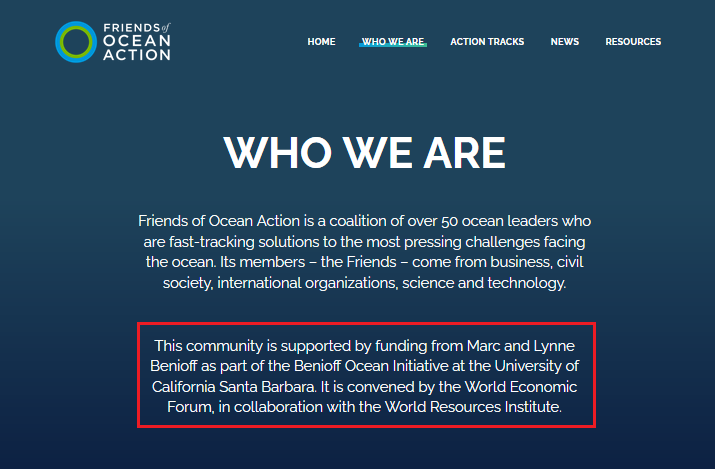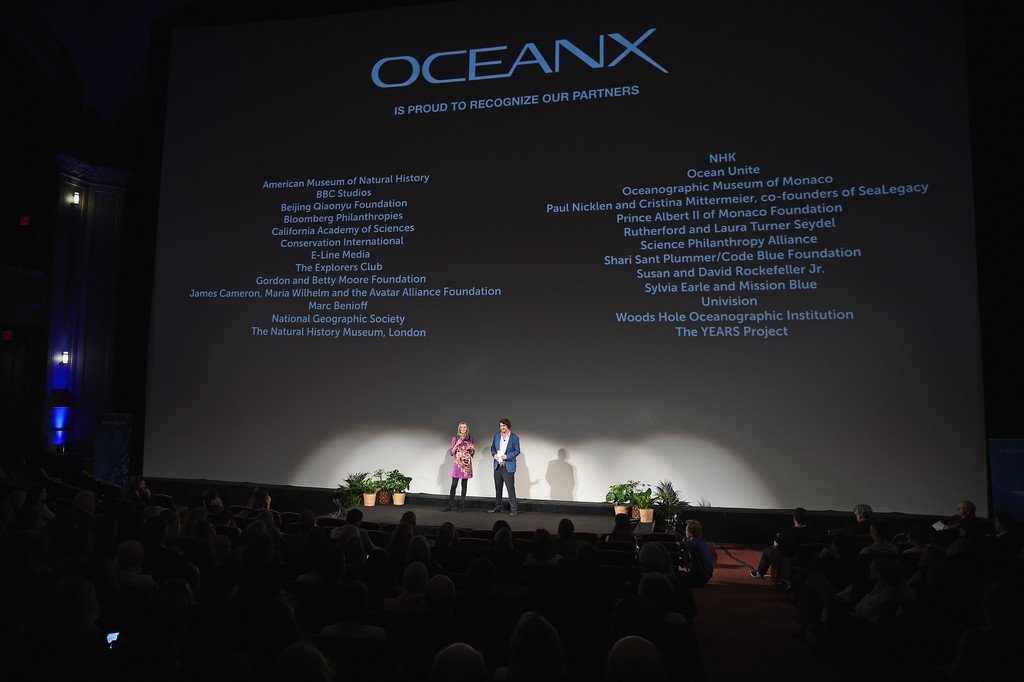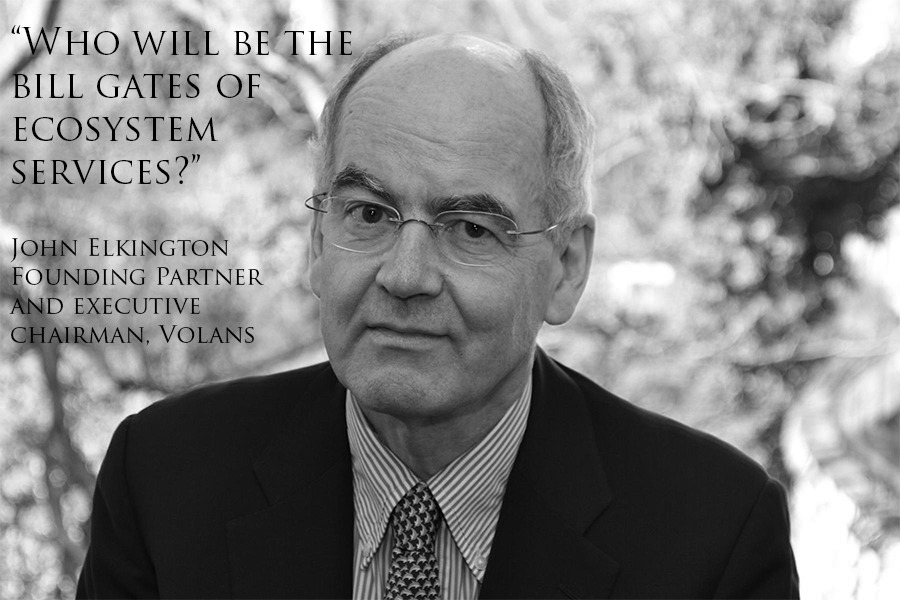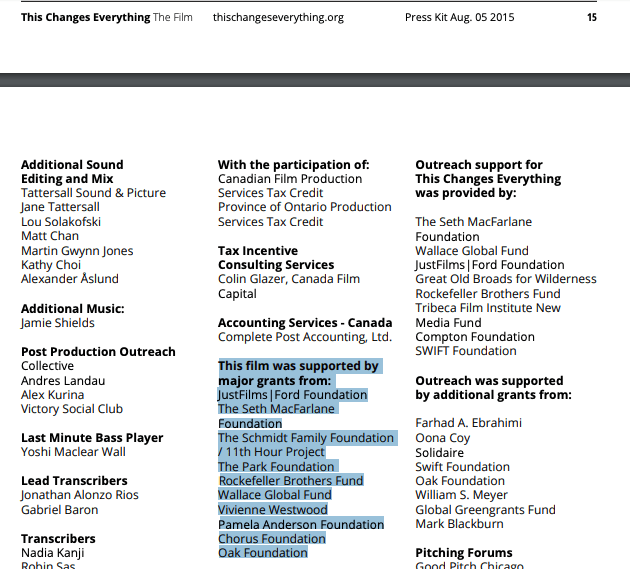Mar 08
20220
Celebrity [Capitalism | Humanitarianism | Neoliberalism], Humanitarian Agencies, Imperialist Wars/Occupations
African Internationalist Colonialism Imperialism NATO Russia Ukraine
WATCH: Russia & Ukraine – What’s Really Happening? [Feb 23, 2022]
February 22, 2022
“African People’s Solidarity Committee (APSC) Chair Penny Hess and Uhuru Solidarity Movement (USM) Chair Jesse Nevel welcome special guest Chairman Omali Yeshitela for a discussion summing up the situation in Russia and Ukraine, from an African Internationalist point of view.”




























































![Source: Indigenous Environmental Network [IEN]](https://i0.wp.com/www.wrongkindofgreen.org/wp-content/uploads/2020/09/IEN-Statement-on-GND-Net-Zero.png?resize=1196%2C358&ssl=1)














































